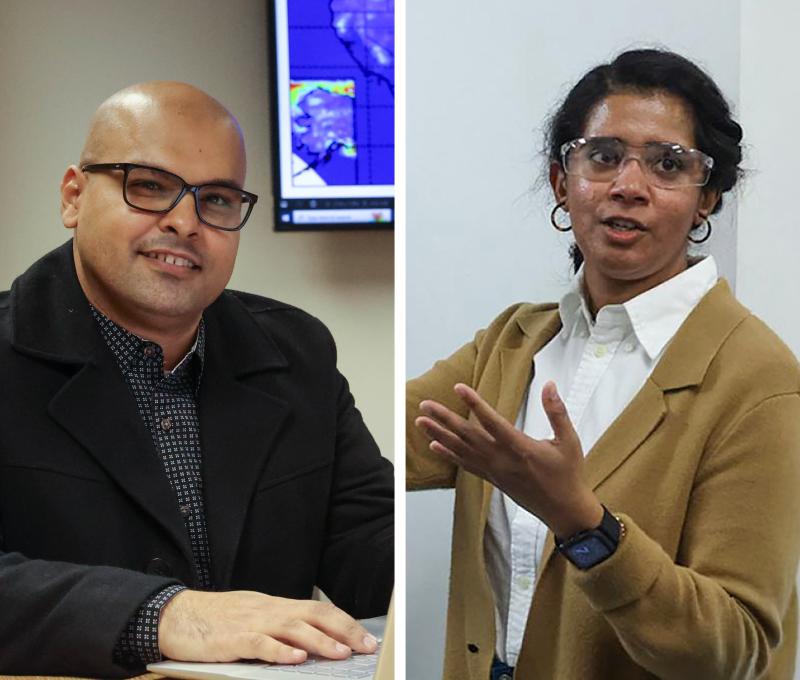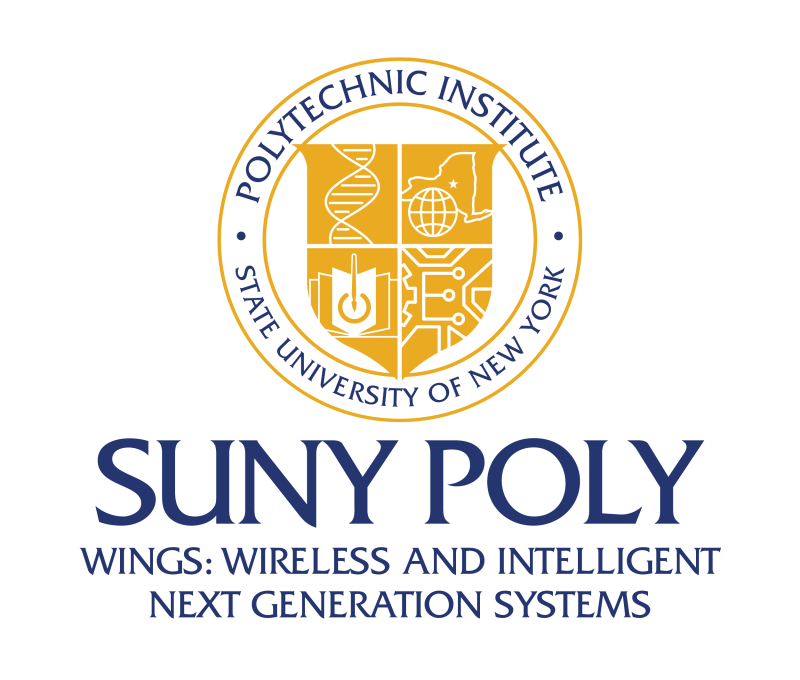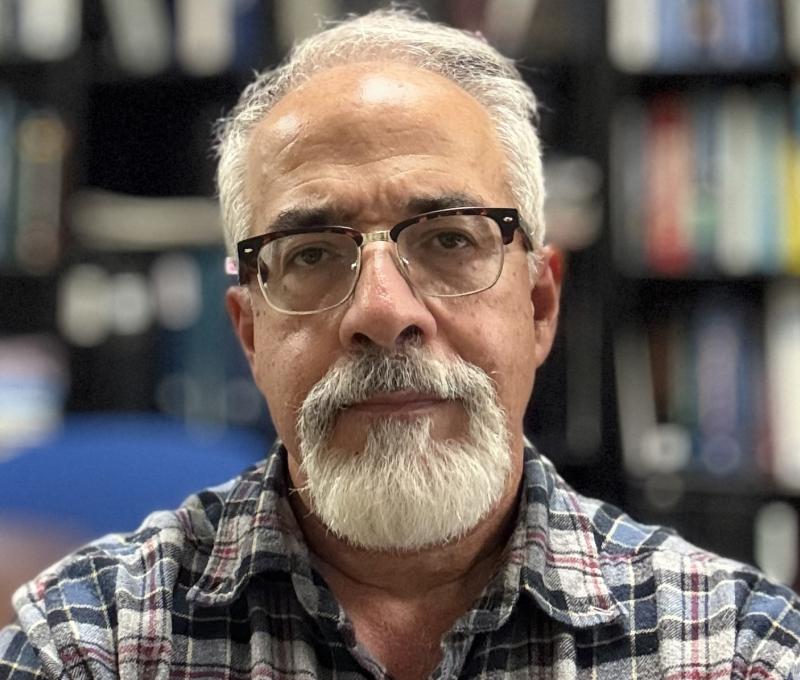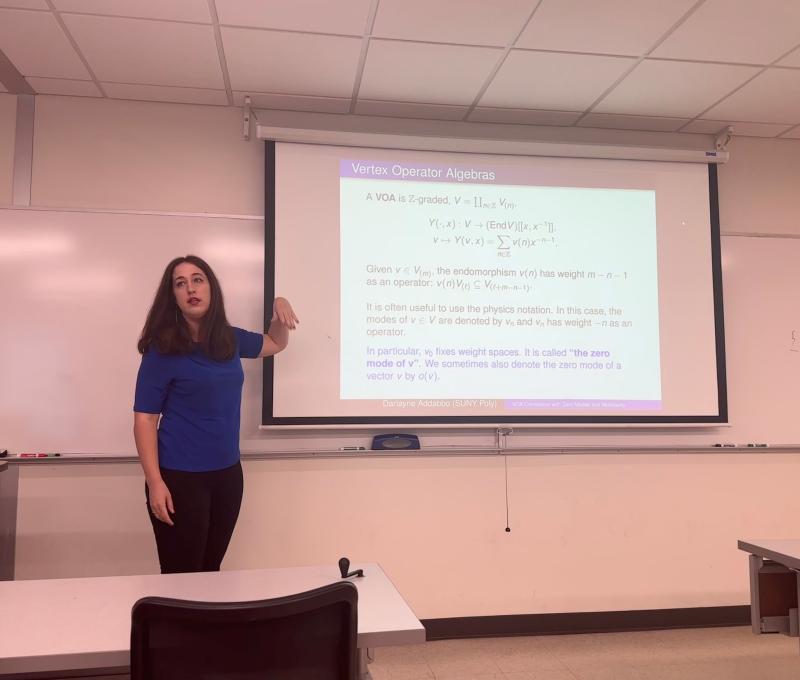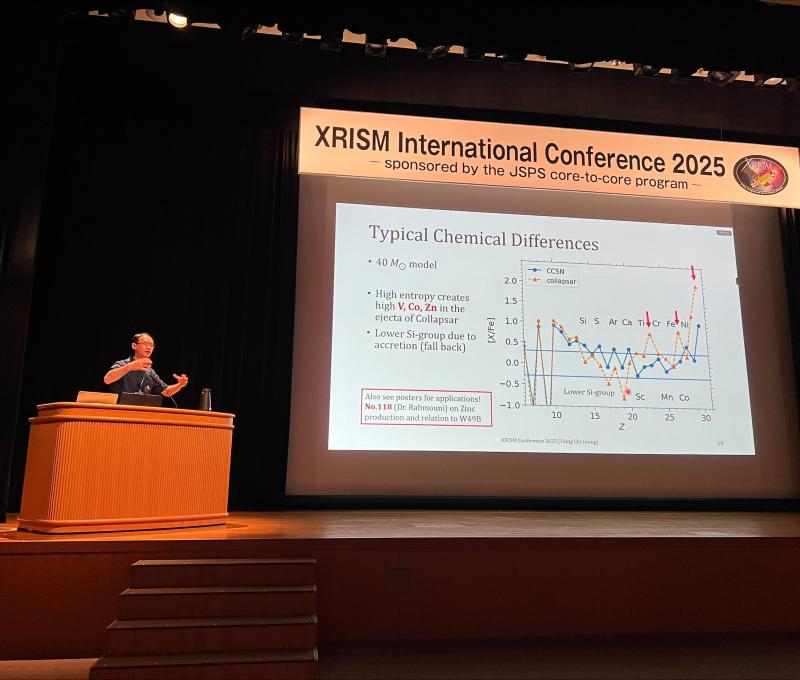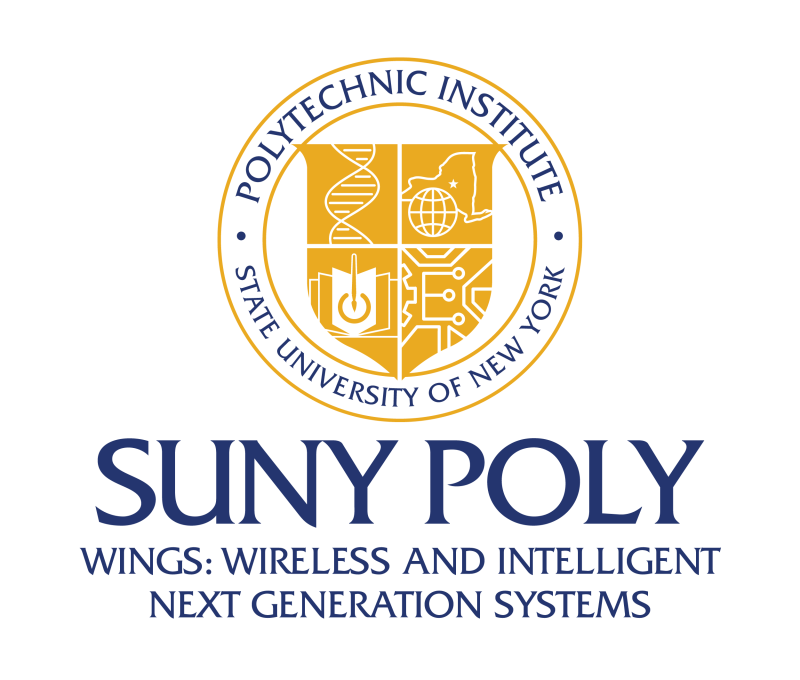Dr. Leung Investigates Early Galaxies Observed by the James Webb Space Telescope

SUNY Polytechnic Institute (SUNY Poly) Assistant Professor of Physics, Dr. Shing-Chi Leung, in collaboration with Dr. Ken’ichi Nomoto, Professor Emeritus at the Kavli Institute for the Mathematics and Physics of the Universe (Kavli IPMU) at The University of Tokyo, has published an article in The Astrophysical Journal. The article, titled “Hydrodynamics and Nucleosynthesis of Jet-Driven Supernovae II: Comparisons with Abundances of Extremely Metal-Poor Galaxies and Constraints on Supernova Progenitors” (ApJ 974, 310, 2024), presents new simulation results of supernova explosions that explain the latest observational data from the James Webb Space Telescope (JWST).
Launched in 2021, the JWST is an infrared telescope designed to observe galaxies in the very early universe. Astronomers are using the JWST to measure the chemical signatures in these early galaxies, which date back to about 500 million years after the Big Bang (the current age of the universe is approximately 13 billion years).
“Most chemical elements originate from supernova explosions,” explained Dr. Leung. “The elements found in these early galaxies have experienced only one or a few supernova events. Therefore, the chemical elements present can be directly linked to individual supernova models. These galaxies are literally cosmic fossils that document the history of supernovae and how they exploded in the very early universe.”
The new data indicate that canonical models—those that depict the explosion as a spherical fireball—cannot account for the abundance patterns observed in these galaxies. This suggests that such models do not fully capture the complexity of supernova explosions in these early galaxies. The research team considered an alternative mechanism known as the jet-driven supernova model, which involves explosions triggered by bipolar high-velocity jets, resulting in a more cone-shaped explosion. They performed multi-dimensional hydrodynamic simulations to examine how the jet propagates from the stellar core and drives the subsequent explosion. Their findings reveal that the new models exhibit a broader diversity in chemical abundance patterns compared to traditional models, aligning much better with the observational data from these galaxies.
“We are at a prime time for studying supernovae, thanks to powerful telescopes like the JWST, which provide high-quality data for investigating stars and supernovae,” said Dr. Leung. “This data will serve as first-hand evidence for developing realistic supernova simulations. We will continue this project, utilizing additional data from these telescopes to explore supernova physics and create more accurate models. Ultimately, we aim to understand how generations of stars explode and contribute their metals to the universe throughout cosmic history, leading to the chemical diversity we observe today. This research addresses one of the fundamental questions about the universe: Where do all the chemical elements come from?”
This work is supported by the National Science Foundation under Grant AST-2316807.

